- Home
- Clive Cussler
Havana Storm Page 31
Havana Storm Read online
Page 31
Perlmutter smiled. “I wasn’t eager to rewrite history, but there is no disputing the facts. As we now know, it seems a Spanish commando force aligned with the archeologist Julio Rodriguez blew up the Maine in order to obtain the Aztec stone. The autopsy report on Ellsworth Boyd was the clue. It indicated he died from a gunshot wound, and you very likely found on the wreck itself the Spanish revolver that caused it.”
“It would seem Rodriguez was on his way here in the San Antonio,” Pitt said.
“He had performed fieldwork years earlier on a Taíno Indian site in Guantánamo Bay, so he knew the local geography. I believe the diagram on Boyd’s stone was sufficient to trigger recognition once he had possession of it and he was beating a path here.”
“But if the San Antonio sank with the stone, how did the U.S. know where to find it? And why is the treasure still here?”
“It’s apparent that Boyd knew the significance of the stone,” Perlmutter said. “His partner was an expert in Mesoamerican cultures, so they quickly latched onto the link with Moctezuma’s treasure. I suspect he was returning to New York with the stone to raise funds for a search. Instead, his ship broke down in Santiago and he was chased to Havana by Rodriguez and ultimately killed for it on the Maine.
“But he had already told the Cuban Consul General and the captain of the Maine all he knew,” Perlmutter said. “I discovered several communiqués related to the Maine’s sinking that referred to what was called ‘Boyd’s Find.’ Hence the urgent chase and sinking of the San Antonio by the American fleet. Rodriguez lived just long enough after he was pulled from the sea to point the finger at Guantánamo. The military records are quite abundant, after that point, on the strategic necessity of capturing Guantánamo Bay.”
“Are you saying the Spanish–American War was initiated over Moctezuma’s treasure?” Pitt said.
Perlmutter nodded. “It was a key factor any way you slice it. The Maine was sunk on account of it, as was our response to invade Cuba.”
“So why was it left here?”
“The powers in Washington didn’t want to upset the newly independent Cuban state. On top of that, the U.S. gained an immediate boost as a new world power by its decisive defeat of the Spanish fleet here, and in the Philippines.
“So instead the discovery was covered up. President McKinley figured it would be better to wait a few years before revealing its existence, so he ordered the treasure kept under lock and key until after he left office. Perhaps he didn’t count on Theodore Roosevelt succeeding him.”
“Roosevelt became aware of the treasure?”
“Absolutely. But he had a personal motive in squelching the find. As the hero of San Juan Hill, Roosevelt didn’t want his own legacy tarnished by a perceived greedy lure for treasure. On top of that, things were deteriorating in Mexico during the last years of his presidency. Insurrection was growing against the Mexican leader Porfirio Díaz, which would eventually lead to the Mexican Revolution. Roosevelt knew that the Mexican public would be outraged at news that the U.S. possessed Moctezuma’s treasure, aggravating an already sensitive border situation.”
“So he buried the whole matter.”
“Quite literally. Roosevelt ordered the treasure sealed where it was. Records of its discovery were purged, and those few who knew of its existence were sworn to secrecy . . . not to mention banned from ever setting foot on Guantánamo Bay again. I was clued in when I stumbled upon an Executive Order signed by Roosevelt directing the construction of a secret sealed repository on the base for so-called sensitive items.”
“And after that, time eventually eroded its memory.”
“Precisely.”
Summer stepped up to the two men carrying a carved stone figurine of a heron with jeweled eyes and a gold bill. “Isn’t it beautiful? The craftsmanship is remarkable.”
“There’s enough gold here to pay off the national debt,” Dirk said.
“It’s quite a collection,” Perlmutter said. “I just hope World War Three doesn’t break out over its disposition.”
“Dirk and I have it all figured out,” Summer said. “One third will go to the National Museum in Havana, one third will go to the Xalapa Anthropology Museum in Veracruz, and one third will go to the Smithsonian in Washington, with the requirement that the full collection rotate every five years.”
“That sounds like an equitable plan,” Pitt said, “but what if the Navy wants to keep it all?”
Summer smiled a wicked grin, then reached an arm around Commander Joyce and pulled the diminutive man close. “In that case, we may have to take a lesson from the Aztecs and cut out a few hearts.”
84
The knock at the door of the hillside home startled its occupants, who seldom received visitors anymore.
“I’ll see who it is,” Salvador Fariñas said to his wife, who was in the kitchen filleting a fish for dinner.
Fariñas opened the door and stepped outside to converse with the visitors. After several minutes, he poked his head back through the doorway and called to his wife. “Maria, you better come see.”
Maria wiped her hands on her apron and strode outside with an impatient gait. She found a delivery truck parked in their drive and two men unloading numerous thin crates.
Fariñas was opening one of the crates with a screwdriver when he noticed his wife. “Maria, they’ve come back! They’ve come back to you!”
She approached with a confused look as he pried off the crate facing. Inside was a painting of an old woman holding a bouquet of flowers. Maria instantly recognized the portrait of her mother, one she had painted forty years earlier. “My painting of Mama,” she murmured.
She looked to the truck and the other crates being offloaded. “These are all my paintings?”
“Yes!” Fariñas said. “They all have been returned.”
Her eyes glistened. “I don’t understand.”
A switch seemed to flick on inside the woman, banishing the tired and defeated heart she had carried for the past several decades. With her husband, she eagerly pried open the crates, looking upon her works as a mother to her children.
When the last crate was unloaded, one of the deliverymen approached. “This is for you, Señora Fariñas.” He handed her a thick envelope. “Have a nice day.”
“Thank you,” she replied, opening the envelope. Inside was a note and a thin object wrapped in brown paper. She pulled open the note.
Maria,
Always remember, the artist who lives within can never die.
Dirk Pitt
She unfurled the brown paper to find a fine Kolinsky sable-hair artist’s brush inside.
Tears began cascading down her cheeks. She dabbed them away with her apron until regaining her composure. Then she raised the brush in the air and in a powerful voice said, “Absolutamente!”
For a complete list of this author’s books click here or visit www.penguin.com/cusslerchecklist

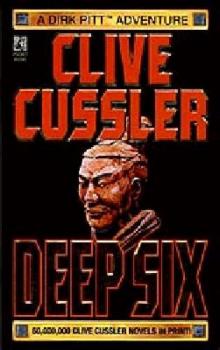 Deep Six
Deep Six Odessa Sea
Odessa Sea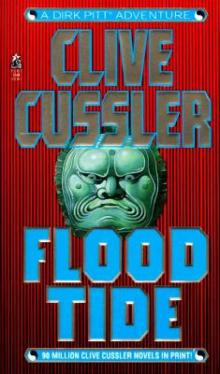 Flood Tide
Flood Tide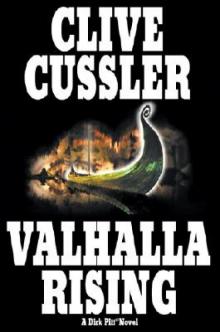 Valhalla Rising
Valhalla Rising Thriller 2
Thriller 2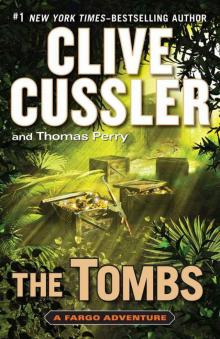 The Tombs
The Tombs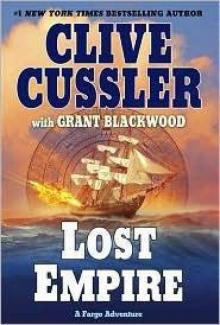 Lost Empire
Lost Empire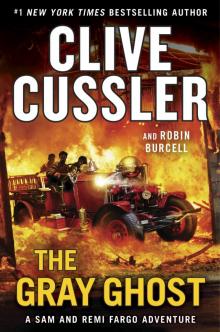 The Gray Ghost
The Gray Ghost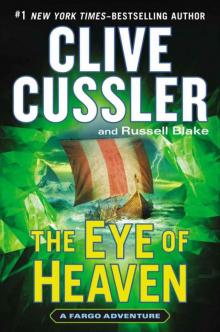 The Eye of Heaven
The Eye of Heaven Polar Shift
Polar Shift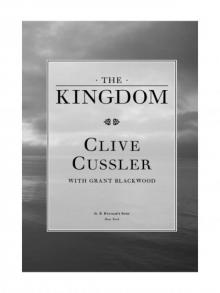 The Kingdom
The Kingdom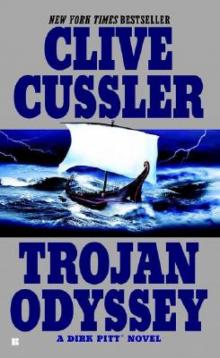 Trojan Odyssey
Trojan Odyssey Shadow Tyrants
Shadow Tyrants Nighthawk
Nighthawk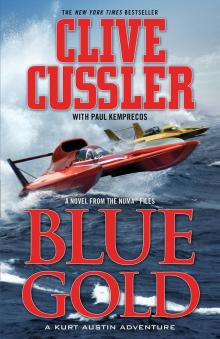 Blue Gold
Blue Gold Serpent
Serpent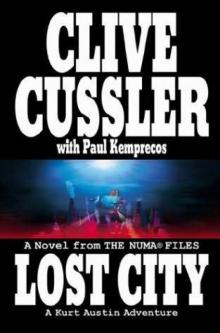 Lost City
Lost City The Gangster
The Gangster White Death
White Death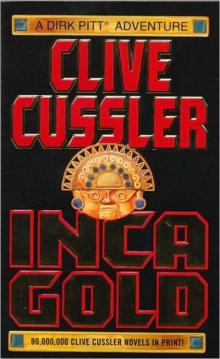 Inca Gold
Inca Gold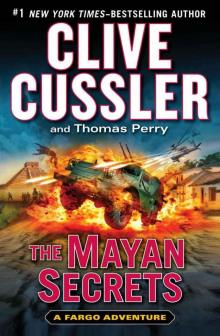 The Mayan Secrets
The Mayan Secrets The Pharaoh's Secret
The Pharaoh's Secret The Emperor's Revenge
The Emperor's Revenge Corsair
Corsair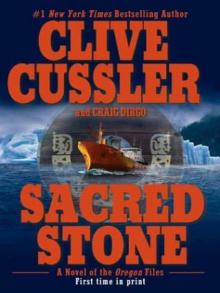 Sacred Stone
Sacred Stone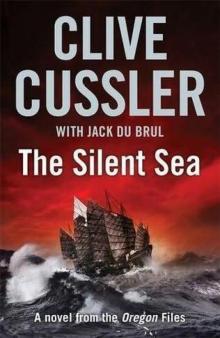 The Silent Sea
The Silent Sea The Rising Sea
The Rising Sea Black Wind
Black Wind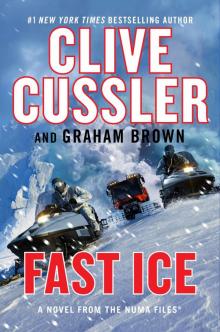 Fast Ice
Fast Ice Ghost Ship
Ghost Ship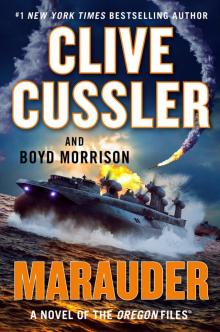 Marauder
Marauder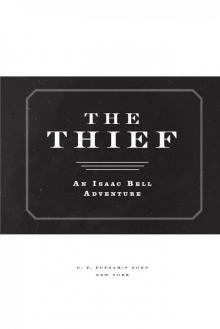 The Thief
The Thief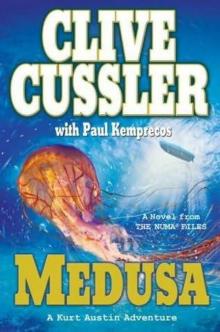 Medusa
Medusa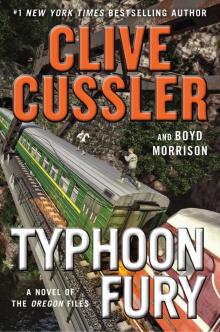 Typhoon Fury
Typhoon Fury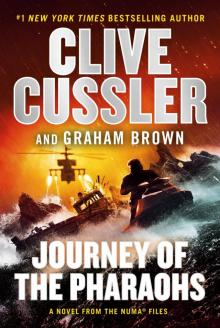 Journey of the Pharaohs
Journey of the Pharaohs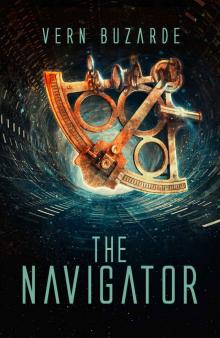 The Navigator
The Navigator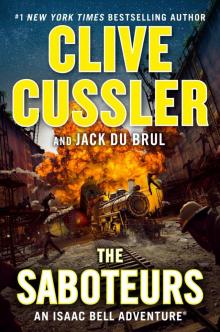 The Saboteurs
The Saboteurs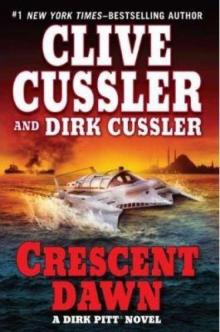 Crescent Dawn
Crescent Dawn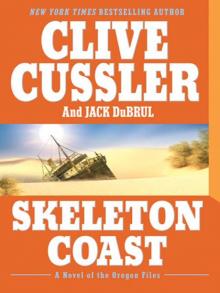 Skeleton Coast
Skeleton Coast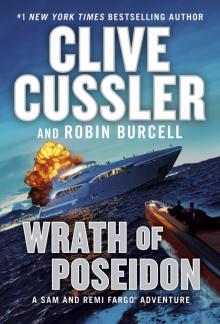 Wrath of Poseidon
Wrath of Poseidon The Mediterranean Caper
The Mediterranean Caper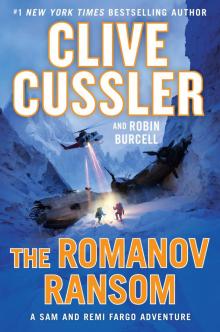 The Romanov Ransom
The Romanov Ransom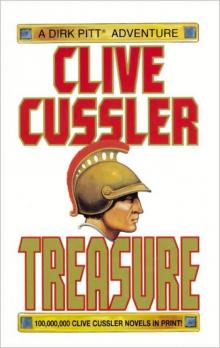 Treasure
Treasure The Race
The Race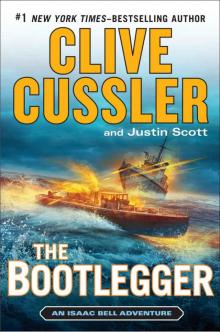 The Bootlegger
The Bootlegger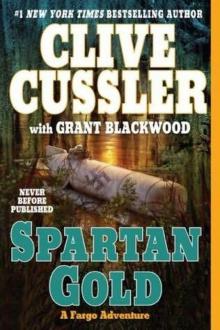 Spartan Gold
Spartan Gold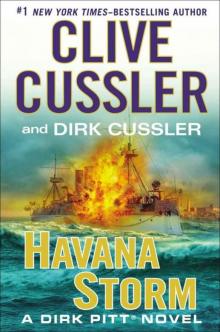 Havana Storm
Havana Storm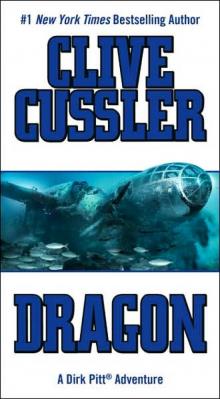 Dragon
Dragon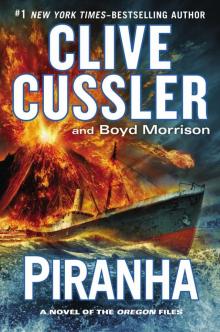 Piranha
Piranha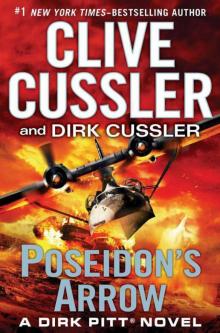 Poseidon's Arrow
Poseidon's Arrow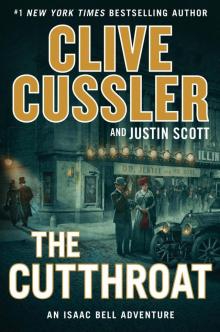 The Cutthroat
The Cutthroat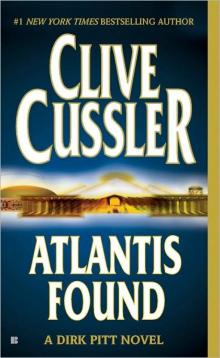 Atlantis Found
Atlantis Found The Jungle
The Jungle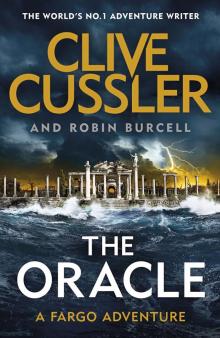 The Oracle
The Oracle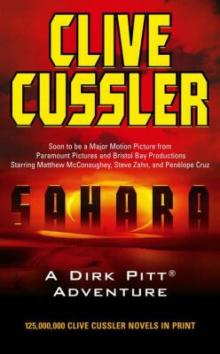 Treasure / Dragon / Sahara: Clive Cussler Gift Set
Treasure / Dragon / Sahara: Clive Cussler Gift Set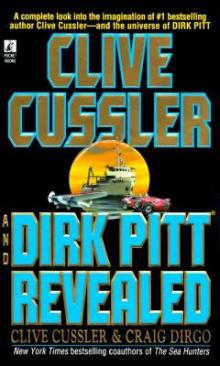 Clive Cussler and Dirk Pitt Revealed
Clive Cussler and Dirk Pitt Revealed The Sea Hunters
The Sea Hunters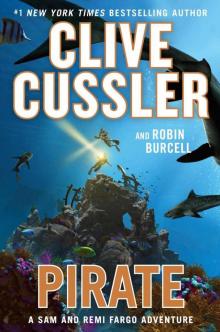 Pirate
Pirate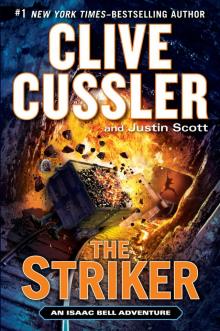 The Striker
The Striker Plague Ship
Plague Ship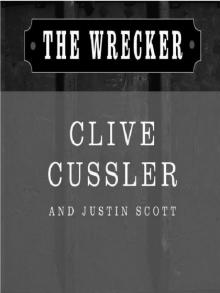 The Wrecker
The Wrecker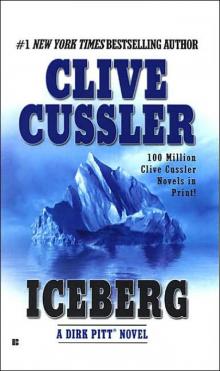 Iceberg
Iceberg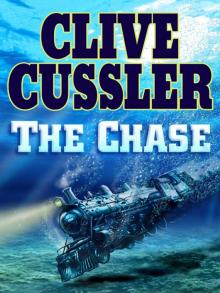 The Chase
The Chase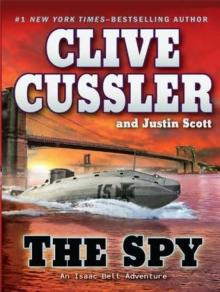 The Spy
The Spy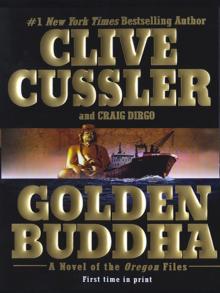 Golden Buddha
Golden Buddha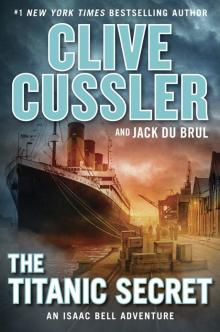 The Titanic Secret
The Titanic Secret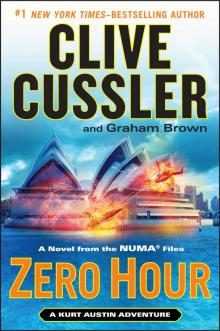 Zero Hour
Zero Hour Fire Ice
Fire Ice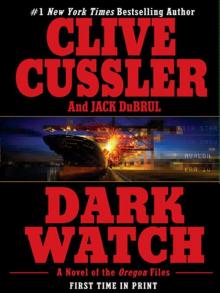 Dark Watch
Dark Watch The Storm
The Storm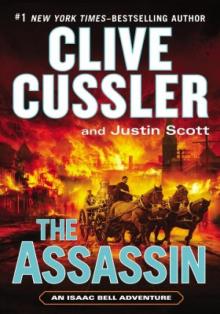 The Assassin
The Assassin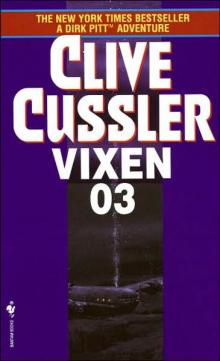 Vixen 03
Vixen 03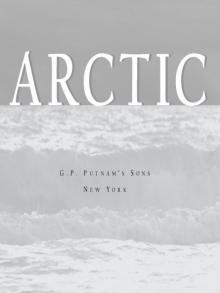 Arctic Drift
Arctic Drift Night Probe!
Night Probe! Cyclops
Cyclops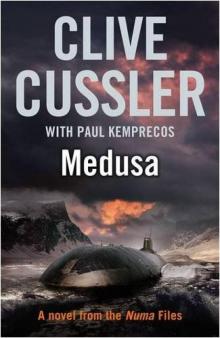 Medusa nf-8
Medusa nf-8 Shock Wave dp-13
Shock Wave dp-13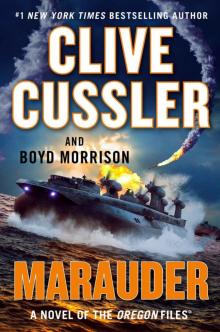 Marauder (The Oregon Files)
Marauder (The Oregon Files)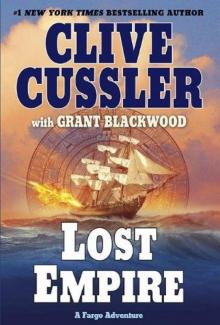 Lost Empire fa-2
Lost Empire fa-2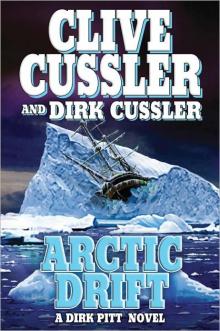 Arctic Drift dp-20
Arctic Drift dp-20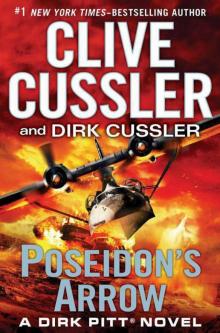 Dirk Pitt 22 - Poseidon's Arrow
Dirk Pitt 22 - Poseidon's Arrow Treasure of Khan dp-19
Treasure of Khan dp-19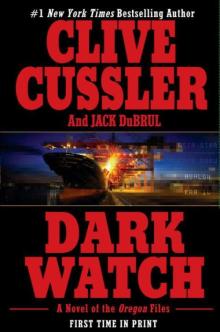 Dark Watch of-3
Dark Watch of-3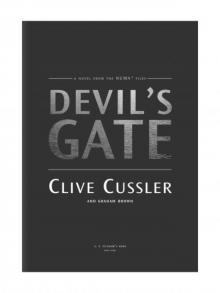 Devil's Gate
Devil's Gate The Sea Hunters II: More True Adventures with Famous Shipwrecks
The Sea Hunters II: More True Adventures with Famous Shipwrecks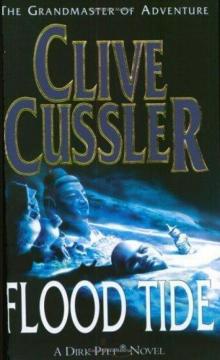 Flood Tide dp-14
Flood Tide dp-14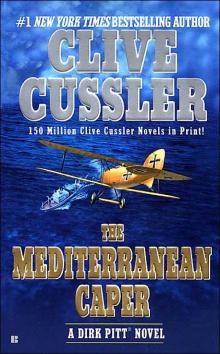 The Mediterranean Caper dp-2
The Mediterranean Caper dp-2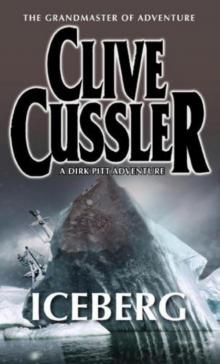 Iceberg dp-3
Iceberg dp-3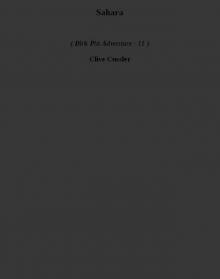 Sahara dpa-11
Sahara dpa-11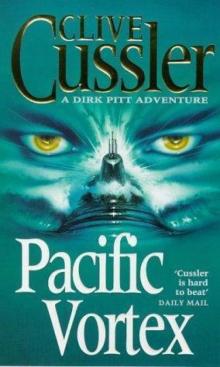 Pacific Vortex! dp-1
Pacific Vortex! dp-1 Deep Six dp-7
Deep Six dp-7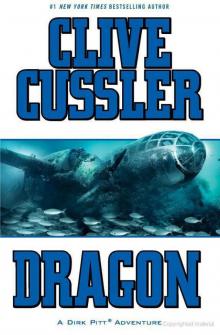 Dragon dp-10
Dragon dp-10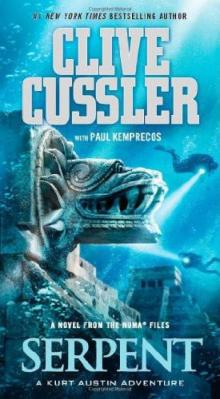 Serpent nf-1
Serpent nf-1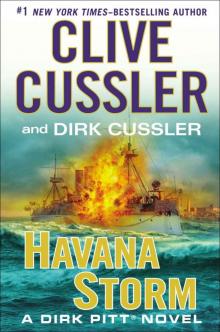 Havana Storm (Dirk Pitt Adventure)
Havana Storm (Dirk Pitt Adventure)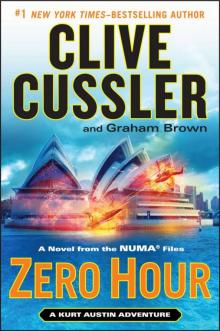 Zero Hour nf-11
Zero Hour nf-11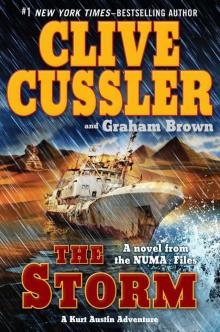 The Storm nf-10
The Storm nf-10 The Thief ib-5
The Thief ib-5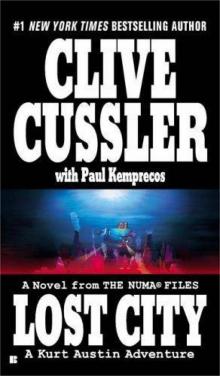 Lost City nf-5
Lost City nf-5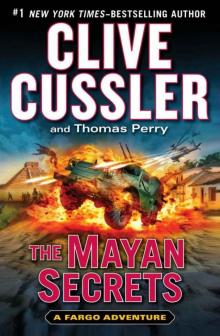 The Mayan Secrets fa-5
The Mayan Secrets fa-5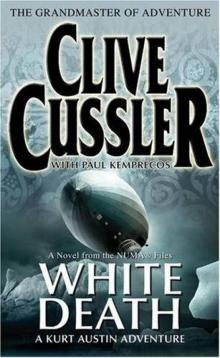 White Death nf-4
White Death nf-4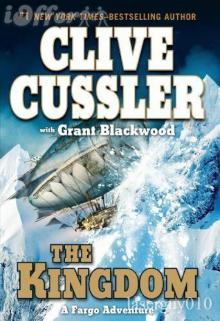 The Kingdom fa-3
The Kingdom fa-3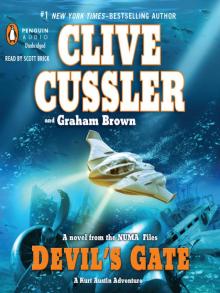 Devil's Gate nf-9
Devil's Gate nf-9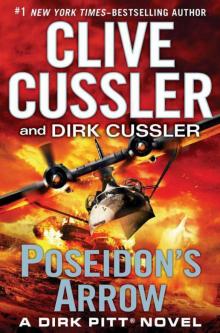 Poseidon's Arrow dp-22
Poseidon's Arrow dp-22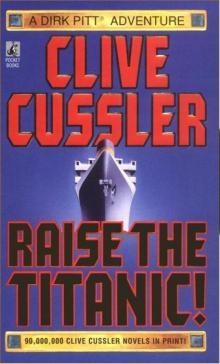 Raise the Titanic dp-4
Raise the Titanic dp-4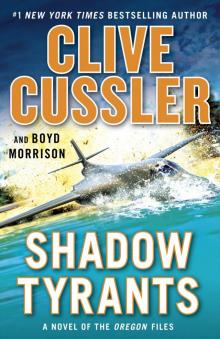 Shadow Tyrants--Clive Cussler
Shadow Tyrants--Clive Cussler Sacred Stone of-2
Sacred Stone of-2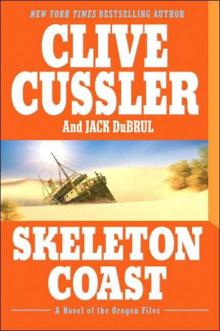 Skeleton Coast tof-4
Skeleton Coast tof-4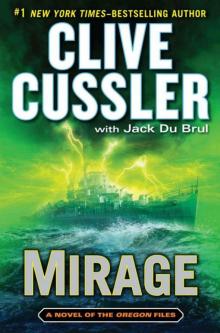 Mirage tof-9
Mirage tof-9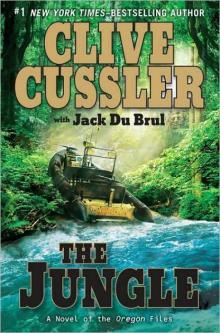 The Jungle of-8
The Jungle of-8 The Emperor's Revenge (The Oregon Files)
The Emperor's Revenge (The Oregon Files)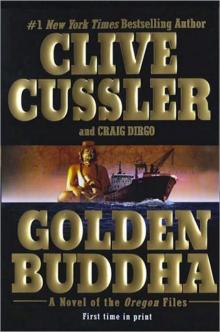 Golden Buddha of-1
Golden Buddha of-1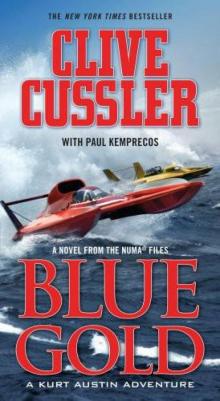 Blue & Gold
Blue & Gold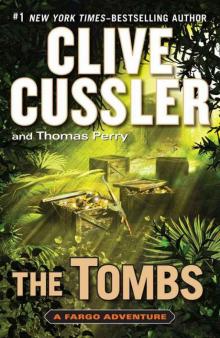 The Tombs fa-4
The Tombs fa-4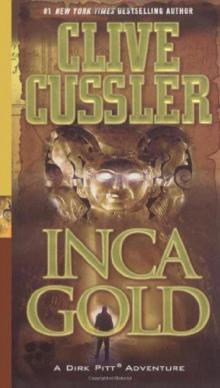 Inca Gold dp-12
Inca Gold dp-12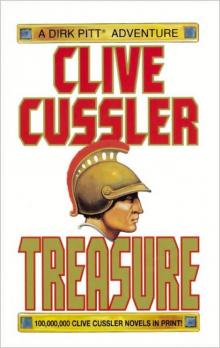 Treasure dp-9
Treasure dp-9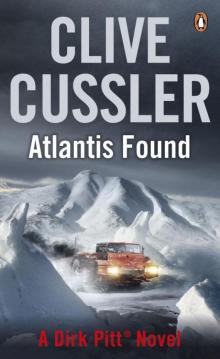 Atlantis Found dp-15
Atlantis Found dp-15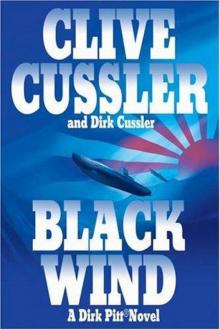 Black Wind dp-18
Black Wind dp-18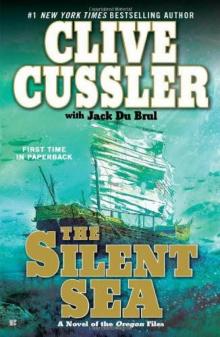 the Silent Sea (2010) tof-7
the Silent Sea (2010) tof-7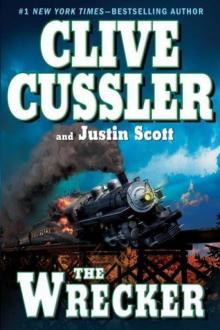 The Wrecker ib-2
The Wrecker ib-2 Fire Ice nf-3
Fire Ice nf-3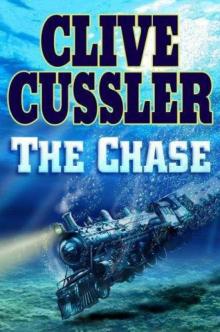 The Chase ib-1
The Chase ib-1 Sahara
Sahara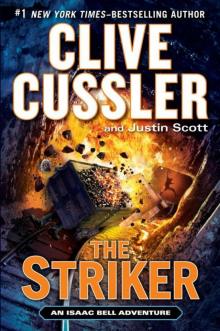 The Striker ib-6
The Striker ib-6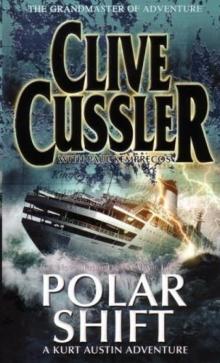 Polar Shift nf-6
Polar Shift nf-6 The Race ib-4
The Race ib-4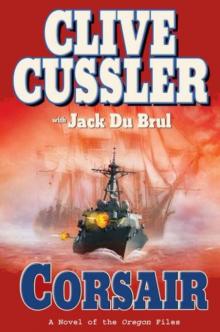 Corsair of-6
Corsair of-6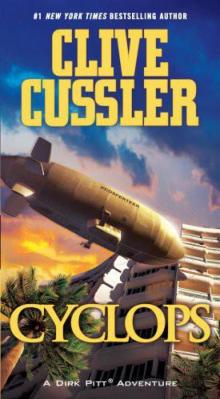 Cyclops dp-8
Cyclops dp-8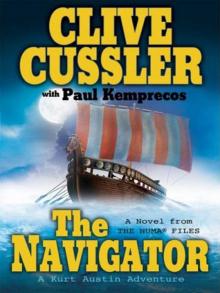 The Navigator nf-7
The Navigator nf-7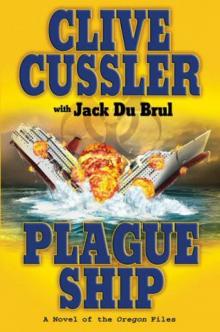 Plague Ship tof-5
Plague Ship tof-5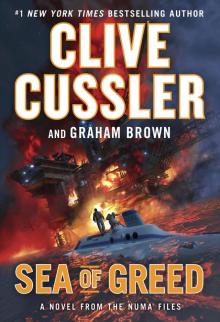 Sea of Greed
Sea of Greed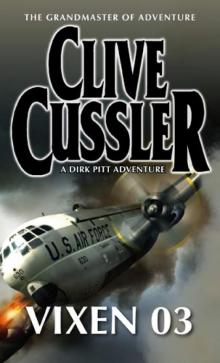 Vixen 03 dp-5
Vixen 03 dp-5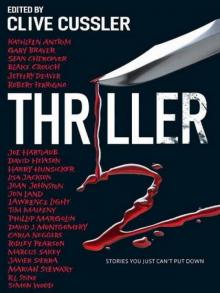 Thriller 2: Stories You Just Can't Put Down
Thriller 2: Stories You Just Can't Put Down